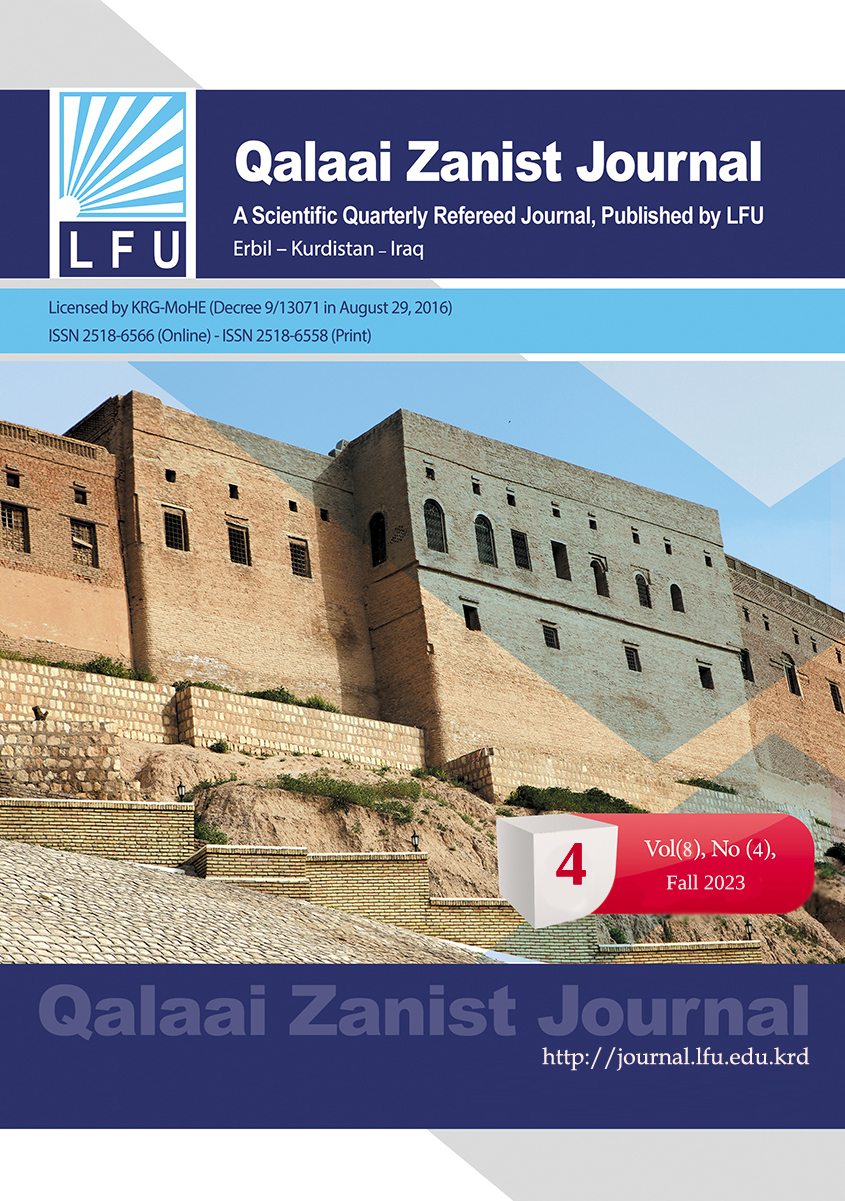The Style of Using Blended Learning in The Subject of The Geography of The Eighth Grade from The Perspective of Teachers
##plugins.themes.bootstrap3.article.main##
Abstract
This study aims to determine the level, relationship and differences of gender variables for the items and areas of the criteria of the use of blended teaching methods in geography in the eighth grade of public primary school from the perspective of teachers, The researcher used a descriptive analysis approach, The research community consists of all social science teachers of the eighth grade of primary school, which numbers (185) teachers in Erbil Central Education for the academic year (2021-2022), To achieve the objective of his research, the researcher prepared a survey scale for teachers' views that consisted of (23) items, After ensuring the stability and accuracy of the measure, the researcher implemented the measure on the sample of the study which consisted of (100) teachers, (35) males and (65) females, After collecting the data and analyzing them with the statistical program (spss) the researcher reached the following conclusions: The scale and its areas are generally high in teachers' perspective, There is no statistically significant difference at the level of (0.05) for the gender variable of the scale from the teachers' perspective, There is a statistically significant relationship for the measure between the problem areas related to (teachers, students, curriculum), but there is no statistically significant relationship for the measure between the problem areas related to (blended learning infrastructure, teaching methods), The researcher makes several suggestions and recommendations.
Downloads
##plugins.themes.bootstrap3.article.details##
How to Cite
Copyright (c) 2023 Heersh Rashid Abdulrahman، Hemn Muhamad Ismail

This work is licensed under a Creative Commons Attribution 4.0 International License.

